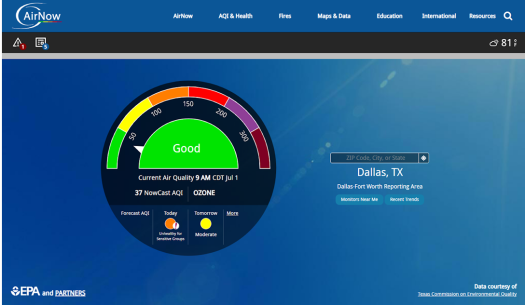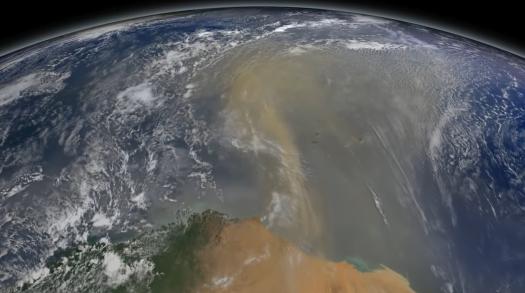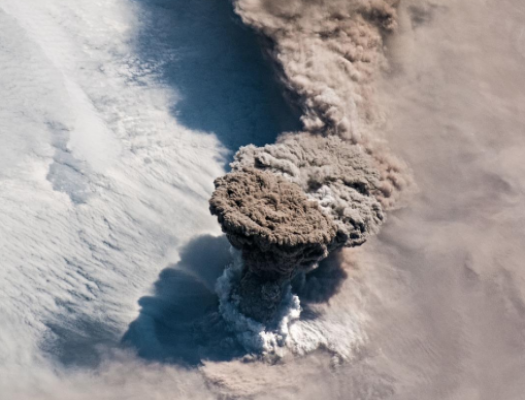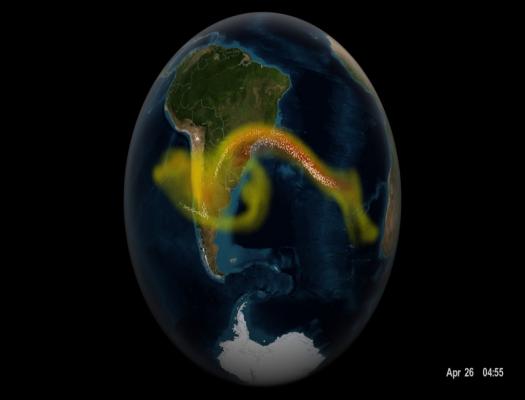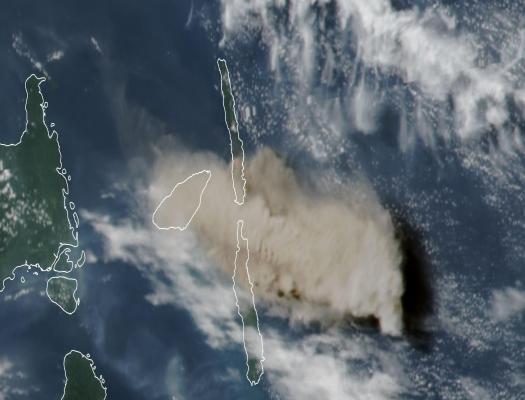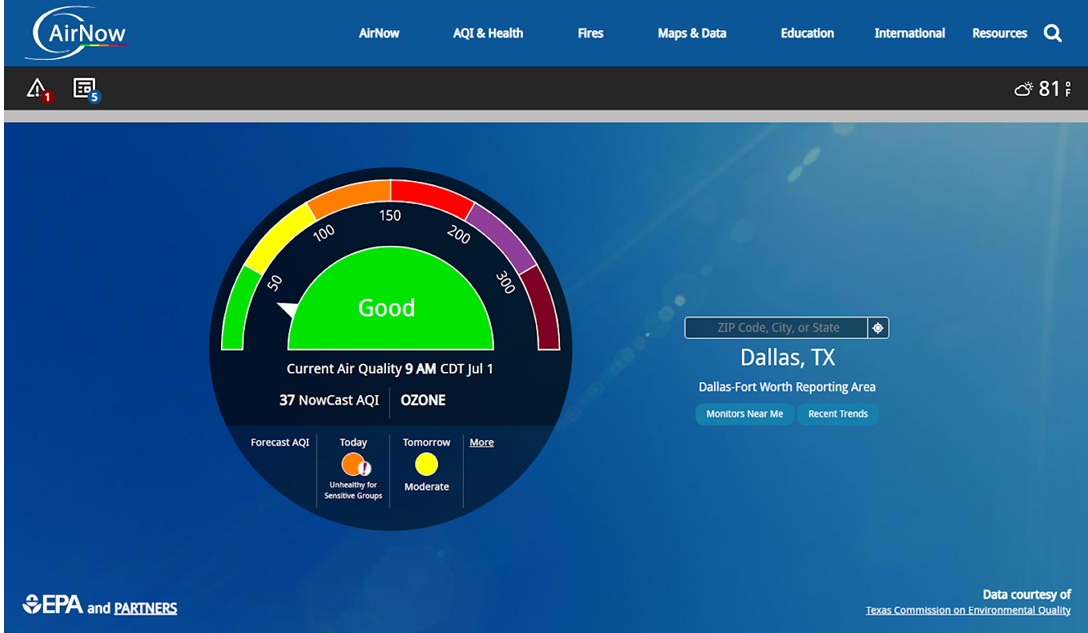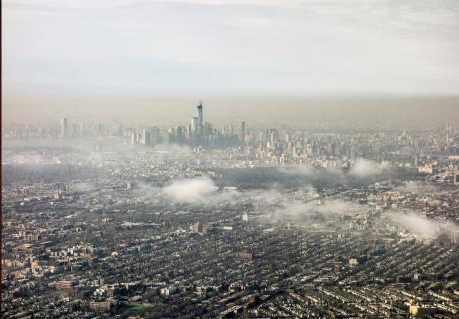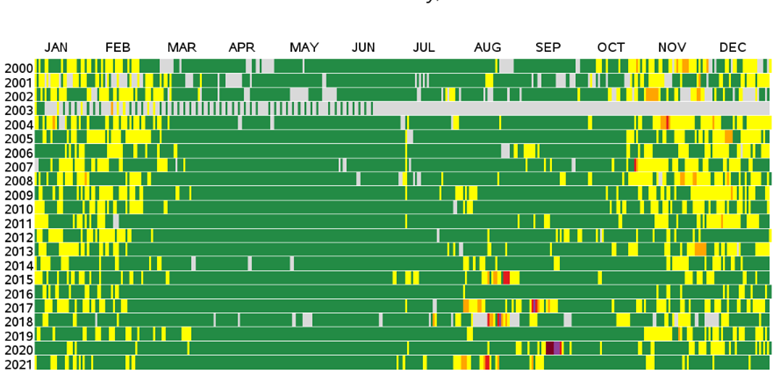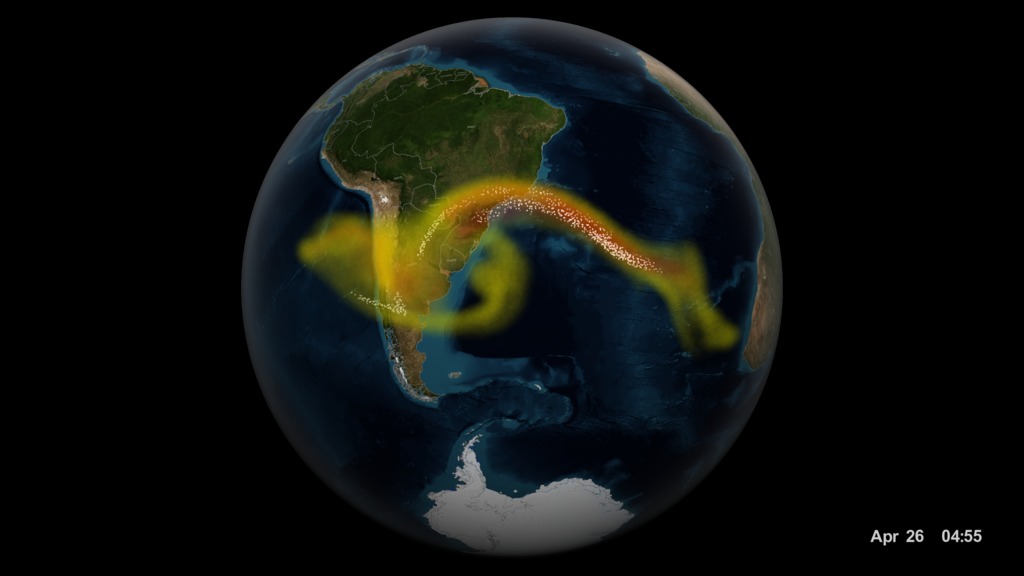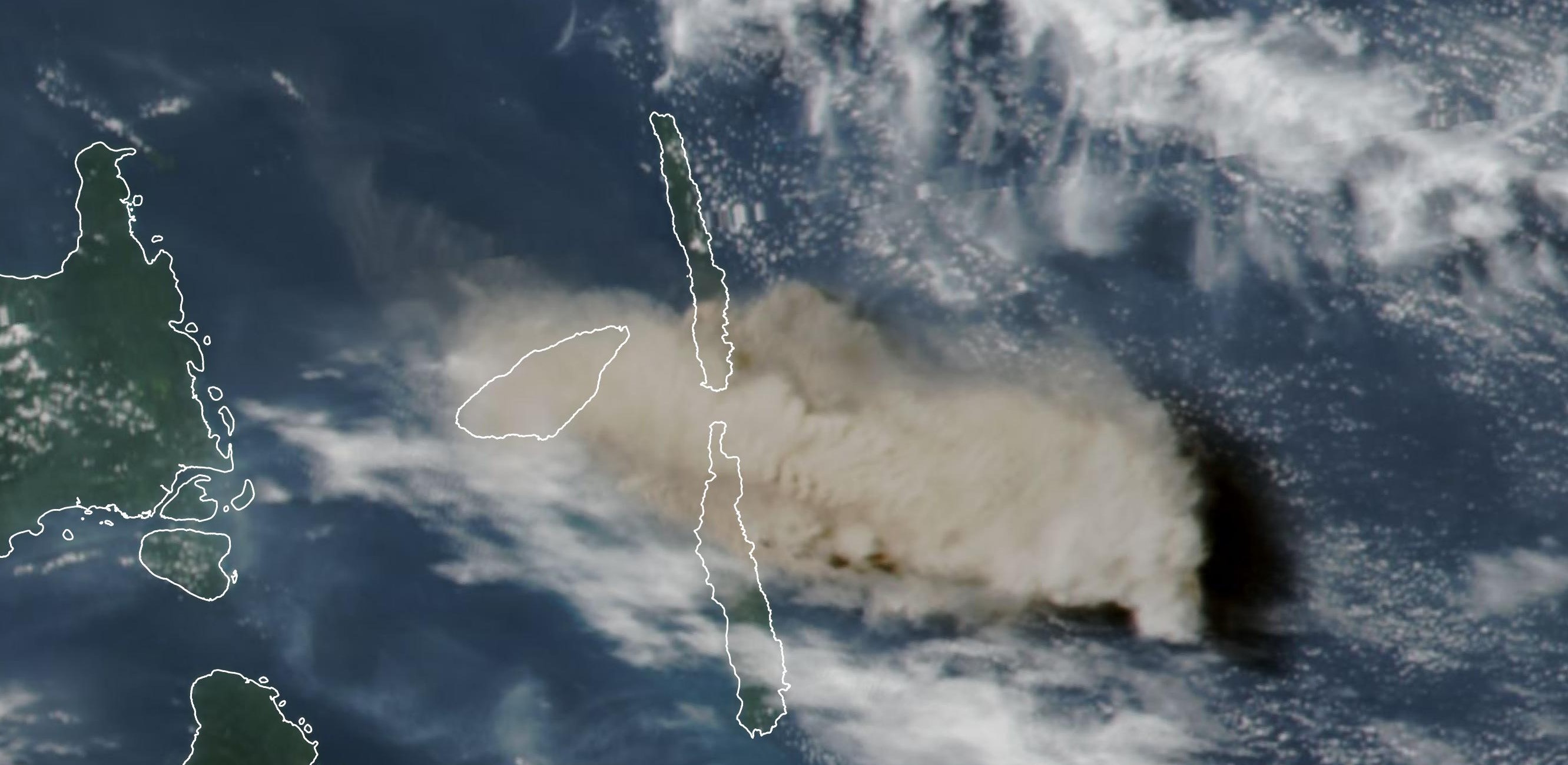Air quality is a measure of the pollution level in the air. Monitoring air quality is important because polluted air can be bad for human health and the environment.
>> Read More >>
Just one moment,
loading Atmosphere...
Featured Mini Lessons
-
-
-
-
-
-
-
Grade Level: 6-8
Use the AirNow.gov website to determine current air quality in US locations, as well as other information.
Grade Level: 9-12
Students will synthesize information from maps that show population, concentrations of PM2.5, and PM2.5-attributable mortality across the globe in order to draw conclusions about the relationship between particulate pollution and human health.
Grade Level: 6-8
Students observe how air quality changes over time, for a selected location, using data from the United States Environmental Protection Agency (EPA).
Grade Level: 6-8, 9-12
This mini lesson engages students in watching a NASA video related to accumulated dust that makes the trans-Atlantic journey from the Sahara Desert to the Amazon rainforest using NASA's CALIPSO satellite.
Grade Level: 3-5, 6-8
Compare images from two volcanic eruptions in the Kuril Islands which occurred ten years apart and complete a graphic organizer for impacts on different Earth spheres.
Grade Level: 6-8, 9-12
Learn about volcanic ash and watch a visualization of the Calbuco volcano to see how ash travels around the world.
Grade Level: 6-8, 9-12
Watch NASA videos about aerosols and volcanic ash.
Previous
Next
Grade Level: 6-8
Use the AirNow.gov website to determine current air quality in US locations, as well as other information.
Grade Level: 9-12
Students will synthesize information from maps that show population, concentrations of PM2.5, and PM2.5-attributable mortality across the globe in order to draw conclusions about the relationship between particulate pollution and human health.
Grade Level: 6-8
Students observe how air quality changes over time, for a selected location, using data from the United States Environmental Protection Agency (EPA).
Grade Level: 3-5,
6-8
Compare images from two volcanic eruptions in the Kuril Islands which occurred ten years apart and complete a graphic organizer for impacts on different Earth spheres.
Grade Level: 6-8,
9-12
Learn about volcanic ash and watch a visualization of the Calbuco volcano to see how ash travels around the world.
Grade Level: 6-8,
9-12
Watch NASA videos about aerosols and volcanic ash.
Grade Level: 6-8
Students review a video that models the global impact of smoke from fires to develop an understanding of how models can be used to interpret and forecast phenomena in the Earth System.
Air quality landing page. Explore maps, graphs, data, and related education resources. These resources include lesson plans, mini lessons, activities, and datasets for teachers and students.


